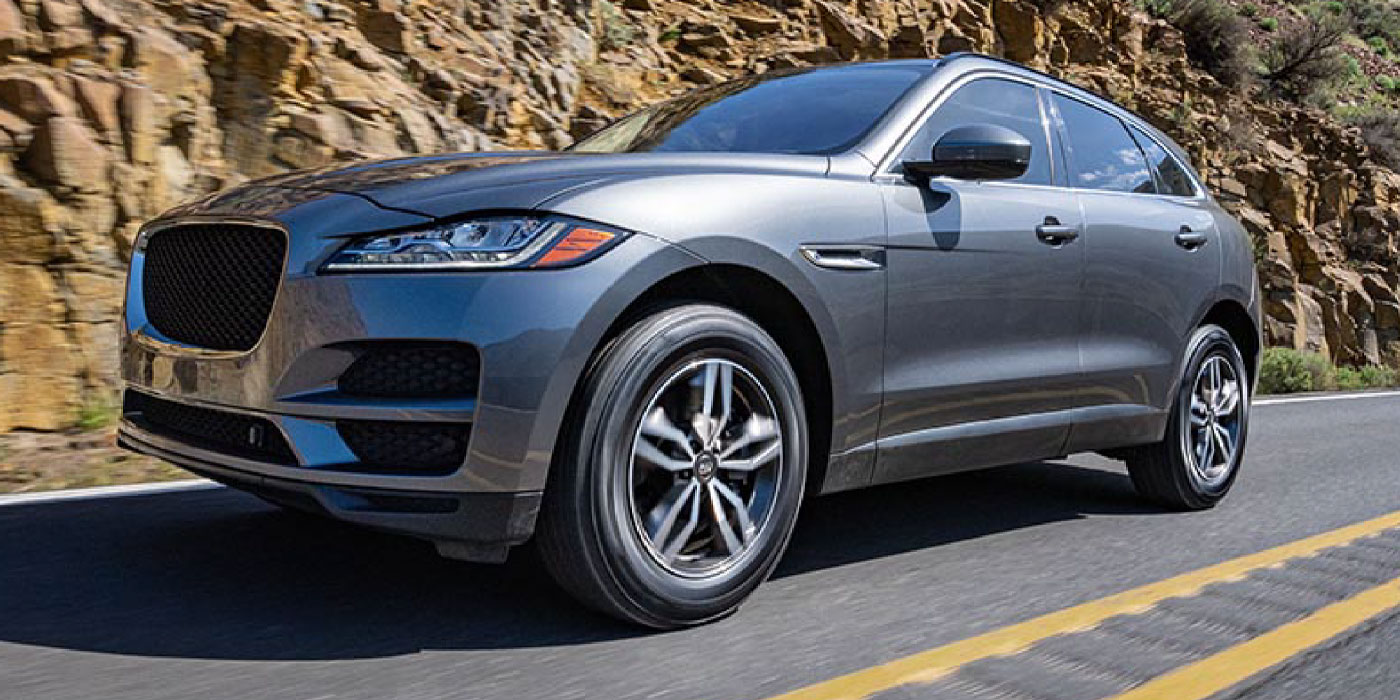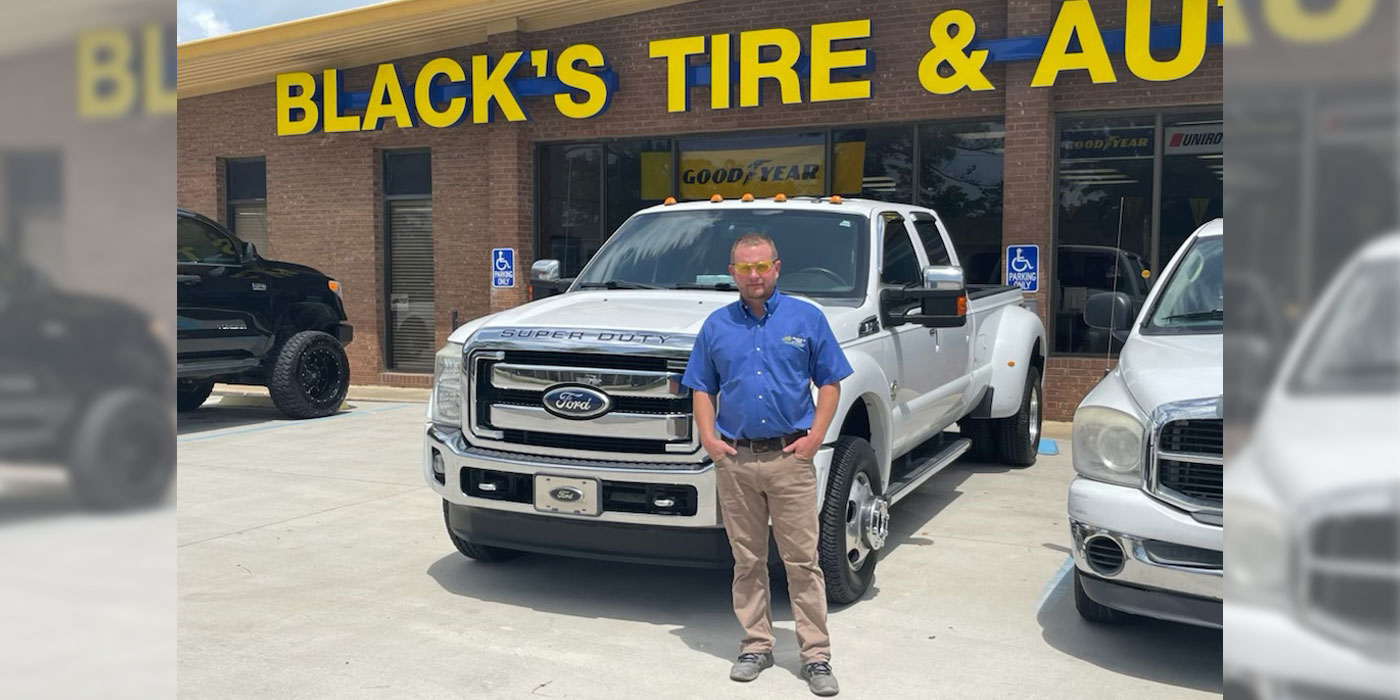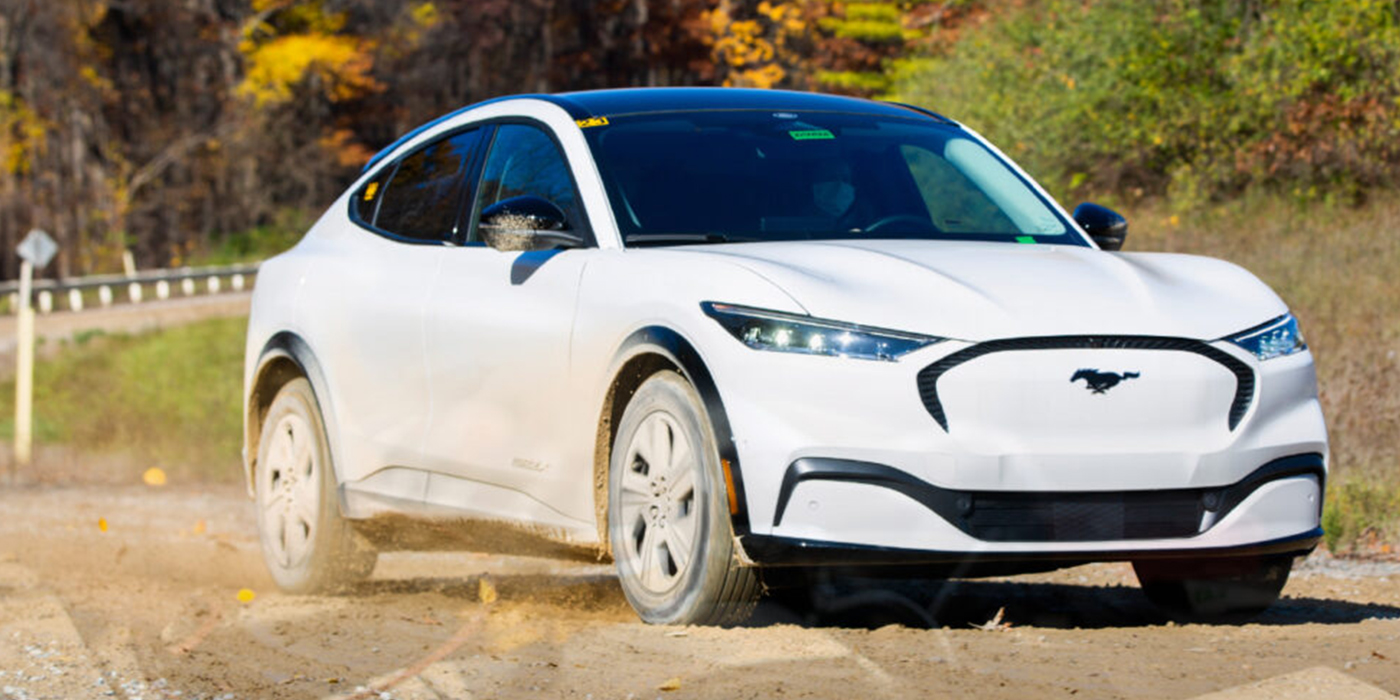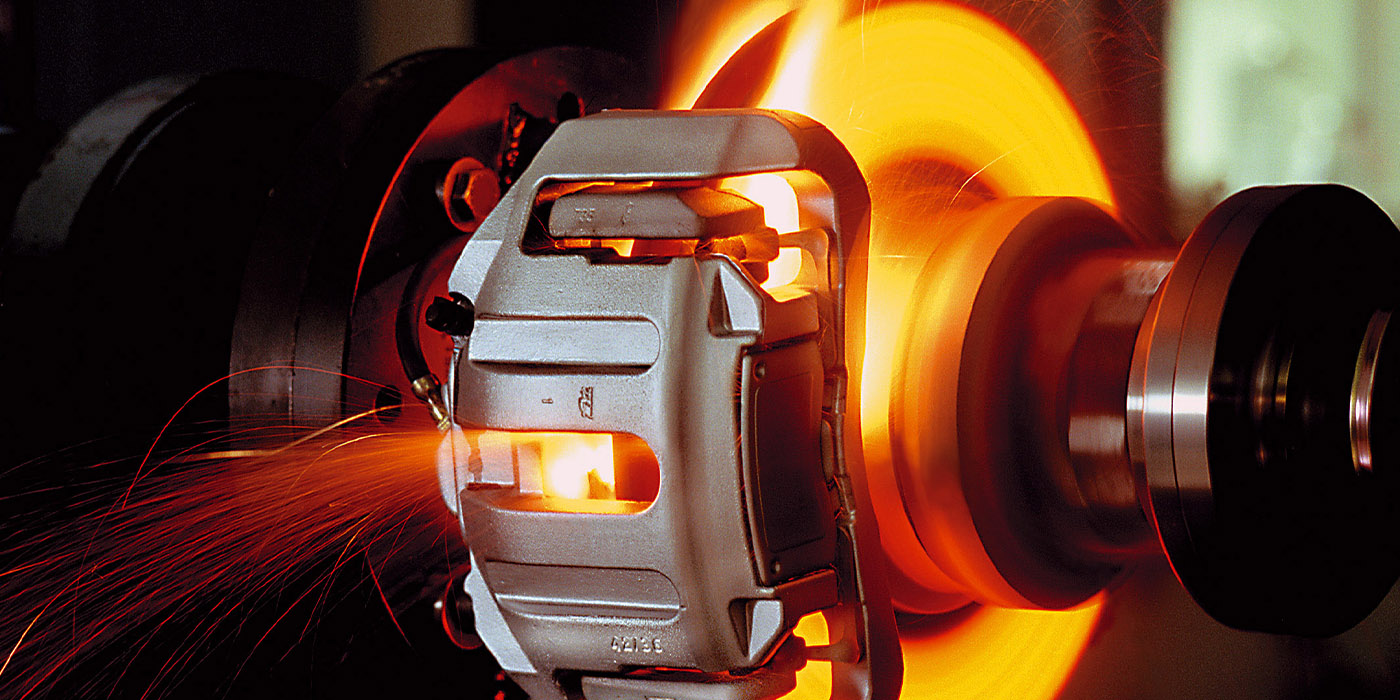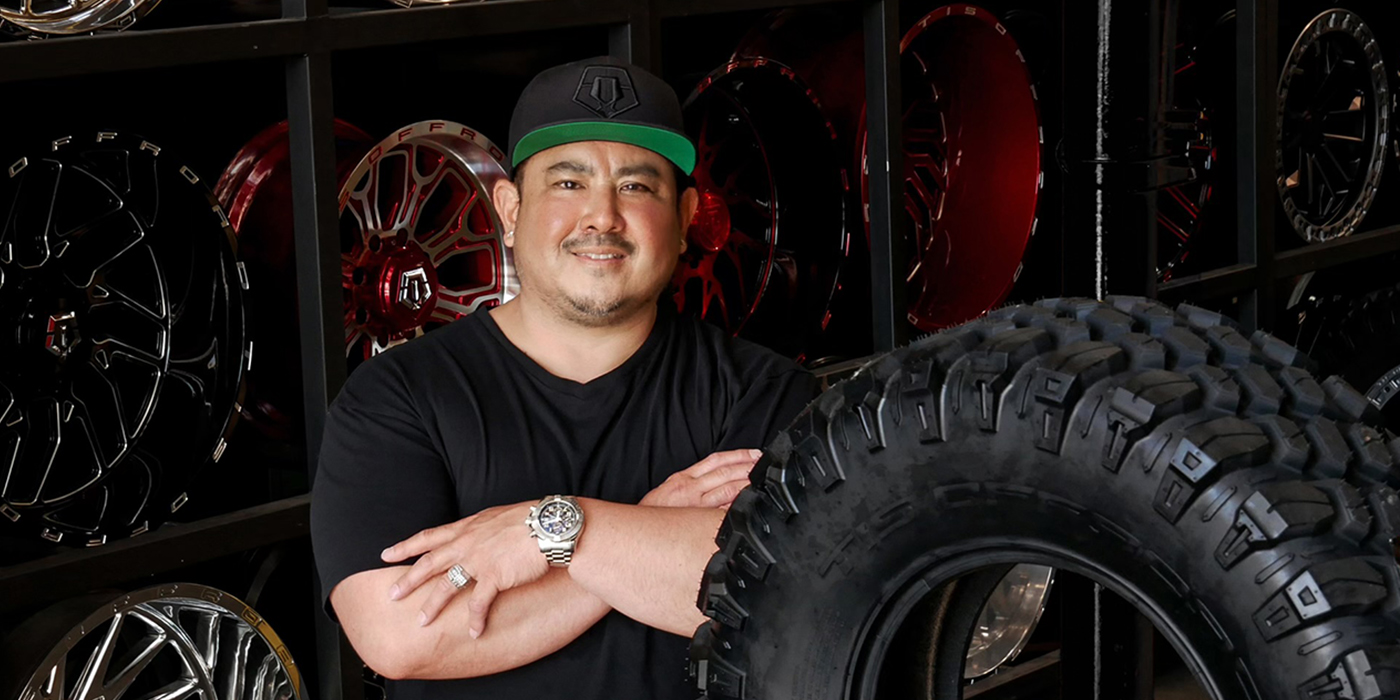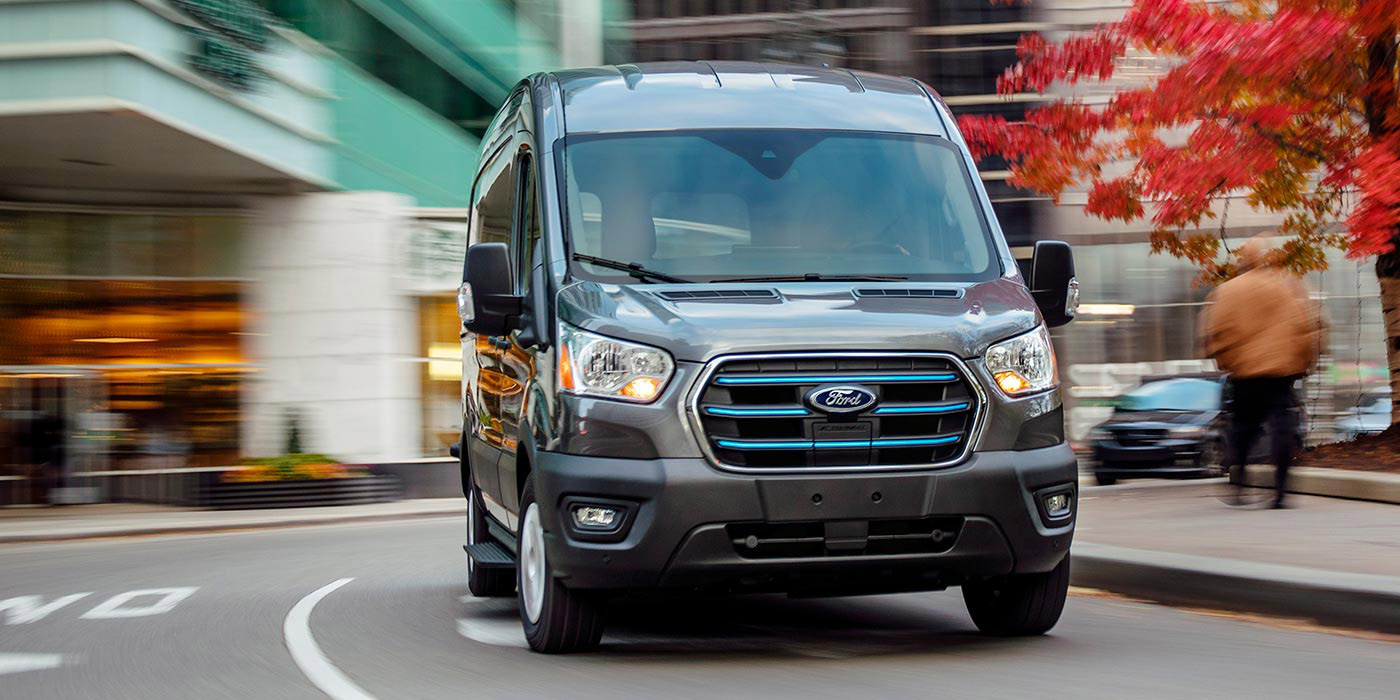By Tim Ross, president, Mudlick Mail
 Ever notice how in upscale neighborhoods, even the fast food restaurants are nicer? Instead of a bright red roof and the famous golden arches, the McDonald’s in ritzy Aspen, CO, for example, boasts a second-floor fireplace and is housed in a sedate red brick building that blends in seamlessly with the surrounding architecture.
Ever notice how in upscale neighborhoods, even the fast food restaurants are nicer? Instead of a bright red roof and the famous golden arches, the McDonald’s in ritzy Aspen, CO, for example, boasts a second-floor fireplace and is housed in a sedate red brick building that blends in seamlessly with the surrounding architecture.
The fancier digs reflect McDonald’s understanding that its target market in Aspen is far different than its target market in Akron, OH.
The same idea holds true in the automotive repair world, but, unfortunately, too many shop owners fail to realistically identify their ideal market or customer. I often get requests from shop owners who want to advertise to upper-income customers in neighborhoods far from their shops. That approach doesn’t usually yield much success because the households in those areas may not be the right fit for those shops.
Failing to figure out your best target will not only result in wasted marketing dollars, but can also prevent you from achieving sales growth and increased car counts. Here are some tips to help you zero in on the households that are most likely to visit your shop.

The first step in identifying your ideal customer involves understanding that as a shop owner, you are what your neighborhood is. Have a shop in a middle-income, suburban market? Your customers will likely be middle-income suburban residents. Located near a wealthy, downtown hub? Your customers may be busy office workers. Whatever the environment, you need to come to grips with the fact that you will have to grow and survive based on the people located within a three- to five-mile radius of your shop.
Demographics & Income
Advertisers can supply you with a huge range of demographic information on your neighborhood, but the key component is income. Your ideal customer is usually the highest income customer located closest to your shop. Income drives habits, to which you can better tailor your marketing efforts. For example, people with a lot of money typically aren’t coupon shoppers. They make decisions based on features, benefits and, most importantly, convenience. Lower income customers, on the other hand, are more price-conscious and will respond more to discount offers.
Your target market will also influence the type of services you offer. If your ideal customers are lower-to-middle income households, offering premium services will be difficult because you won’t be able to charge the rates needed to support that structure. For upper-income customers, time is often money, so providing a free shuttle service and longer hours may be the benefits you need to consider offering.

Once you’ve identified your ideal customer, you have to make sure your shop, like the McDonald’s in Aspen, matches the market you’re hoping to attract.
Here are some factors to consider when accomplishing that match:
• Shop appearance. Let’s not forget that for some consumers, image is everything. If your shop is dirty, has little curb appeal or looks unsafe, potential customers will pass you by. Your shop doesn’t have to be new, but it should be clean and well maintained (no peeling paint, frayed carpets or cracked floors).
• Staff appearance. Is your staff dressed in technician garb covered with grease stains, or are they wearing polo shirts and khakis? And, remember, appearance goes beyond how your staff looks. You need to ensure that your front desk personnel are well spoken and have the customer service skills needed to attract your target market.
• Your reputation. Do you have a good reputation in your community for fixing cars? Do you feature testimonials from satisfied customers on your website? If your target market is social media savvy, do you have positive reviews on Yelp, Google and Facebook? If you answered “no” to any of these questions, you may need to spend time repairing your reputation before launching a marketing or advertising campaign.
Don’t forget that your ideal customer is going to vary wildly depending on the neighborhood in which you operate, but if you employ the right strategies to target that customer, you can make money in just about any location.
Tim Ross is president of Mudlick Mail, a leading provider of direct mail campaigns to the automotive repair industry. Mudlick Mail has worked with close to 1,000 automotive repair and transmission shops across the U.S. and Canada, helping them improve their car count and increase sales. The company teaches its clients how to understand consumer-buying habits and shows them how to create effective systems to maximize the value of their marketing campaigns.


